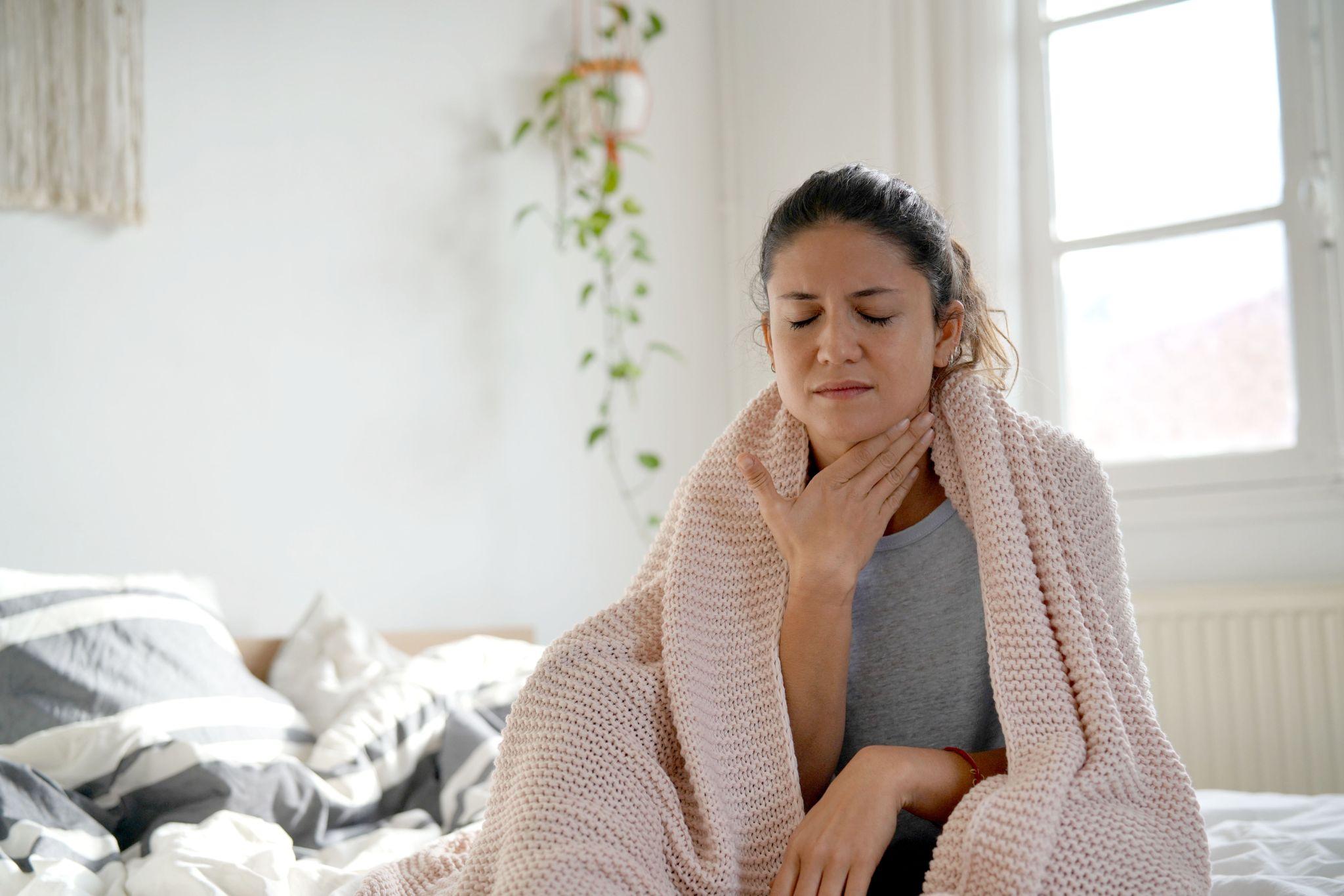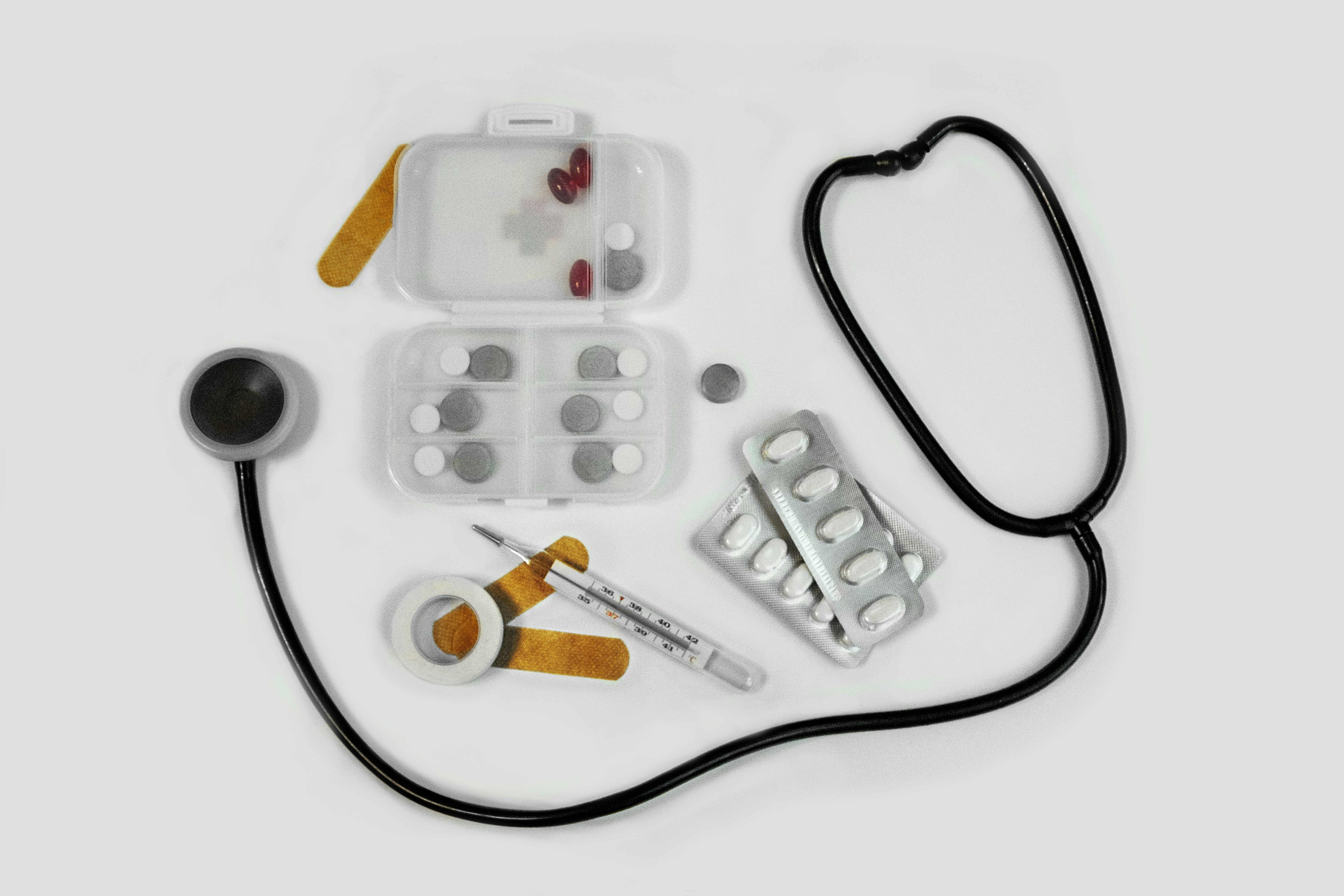Headache disorders affect approximately 40% of the global population,¹ making them one of the most common neurological conditions worldwide. While some headaches are mild and short-lived, others can be debilitating, disrupting work, sleep, and daily activities.
This guide explores practical ways to relieve headaches, when to seek medical help, and how telehealth services can provide quick and convenient treatment.
What Is a Headache?
A headache is pain or discomfort in the head, scalp, or neck that varies in intensity, duration, and cause. While most headaches are temporary, frequent or severe headaches may indicate an underlying issue requiring medical attention.
Types of Headaches
- Primary Headaches: These are independent conditions, not caused by another medical issue.
- Tension-Type Headaches: The most common type of headache, characterized by a dull, constant pressure around the forehead or the back of the head and neck. Women are more likely than men to experience these.
- Migraines: Intense, “throbbing” pain, typically on one side of the head, and frequently with nausea, vomiting, and heightened sensitivity to lights and sounds. Most sufferers are women.
- Cluster Headaches: Severe, burning pain around one eye, occurring in cycles that last for weeks or months. A very uncommon condition—occurring in less than 0.1% of the population¹—it is much more likely to afflict men than women.
- Secondary Headaches: These result from underlying conditions and may require medical treatment.
- Dehydration Headaches: Caused by inadequate fluid intake, leading to dizziness and lightheadedness.
- Sinus Headaches: Develop due to sinus infections or allergies, causing facial pressure and nasal congestion.
- Medication Overuse Headaches: Result from frequent use of pain relievers, leading to rebound headaches when medication wears off.
Common Symptoms
- Dull, aching, or throbbing pain in the head or neck
- Pressure or tightness in the forehead or temples
- Increased sensitivity to light, sound, or smells
- Nausea, dizziness, or visual disturbances (common with migraines)
- Facial pain and nasal congestion (common with sinus headaches)
Recognizing the type of headache and its symptoms can help determine the most effective relief strategies.
Common Causes of Headaches

Headaches can be triggered by various lifestyle, environmental, and medical factors.
Lifestyle Triggers
- Dehydration: Not drinking enough water can lead to headaches, fatigue, and dizziness.
- Poor Sleep: Both lack of sleep and oversleeping can trigger headaches.
- Stress and Anxiety: Mental tension can cause muscle tightness in the neck and shoulders, leading to tension headaches.
- Dietary Choices: Skipping meals or consuming processed foods, alcohol, or caffeine in excess can contribute to headaches.
Environmental and Sensory Triggers
- Bright Lights and Screen Time: Prolonged exposure to screens or bright lights can cause eye strain and headaches.
- Strong Smells: Perfumes, smoke, and chemical odors may trigger migraines.
- Loud Noises: Constant or sudden loud sounds can contribute to headache onset.
- Weather Changes: Shifts in barometric pressure can trigger migraines in sensitive individuals.
Medical and Physical Triggers
- Hormonal Changes: Menstrual cycles, pregnancy, and menopause can affect headache frequency.
- Posture and Muscle Strain: Poor posture, especially from extended screen use, can lead to neck tension headaches.
- Underlying Conditions: Sinus infections, high blood pressure, or medication overuse can lead to headaches.
Understanding these triggers allows individuals to take proactive steps in reducing headache frequency and severity.
Tips for Getting Rid of Headaches
Managing headaches effectively involves a combination of immediate relief techniques and long-term preventive strategies. The following tips can help relieve headaches and reduce their recurrence.
Stay Hydrated
Dehydration is a common cause of headaches. Drinking enough water throughout the day can prevent dehydration-related headaches. If a headache has already started, sipping water slowly may help lessen symptoms.
Use a Cold or Warm Compress
- Cold Compress: Applying an ice pack to the forehead or the back of the neck can help reduce inflammation and numb pain, especially for migraines.
- Warm Compress: A heating pad or warm towel on the neck and shoulders can relieve tension headaches by relaxing tight muscles. Applying a warm compress over the forehead, nose, or cheeks can help relieve sinus pressure.
Manage Stress and Relax
- Practice deep breathing exercises, meditation, or yoga to reduce stress-related headaches.
- Taking short breaks from work or stressful environments can help ease headache symptoms.
Improve Posture
- Maintain a proper sitting posture to prevent muscle tension in the neck and shoulders.
- Adjust your workstation to reduce strain on the neck and eyes, particularly if you spend long hours on a computer.
Limit Screen Time and Adjust Lighting
- Reduce screen exposure, especially in low-light conditions, to minimize eye strain.
- Use blue light filters on devices or take regular breaks to rest your eyes.
Get Adequate Sleep
- Establish a consistent sleep schedule and aim for 7-9 hours of quality rest each night.
- Avoid screen time before bed and create a dark, cool, and quiet sleep environment.
Try Caffeine in Moderation
- A small amount of caffeine (like a cup of coffee or tea) can relieve some headaches, especially migraine pain.
- However, be aware that excessive caffeine intake or withdrawal from caffeine can also trigger headaches.
Utilize Massage and Stretching Techniques
- Gently massaging the temples, neck, and shoulders can help ease tension headaches.
- Performing simple neck and shoulder stretches can reduce muscle tightness and prevent strain-related headaches.
Consider Herbal Remedies and Essential Oils
- Drinking ginger tea may help reduce headache intensity, particularly migraines.
- Inhaling steam infused with eucalyptus or peppermint oil can help clear nasal passages and relieve sinus pressure.
Try Over-the-Counter Medications
- Pain relievers like ibuprofen, acetaminophen, or aspirin can provide relief for tension or migraine headaches.
- Use medication sparingly, as frequent use may lead to rebound headaches or dependency.
By combining these strategies, individuals can effectively manage headaches and prevent future occurrences. If headaches persist despite changes in lifestyle choices, consulting a healthcare provider may be necessary.
When to See a Doctor for a Headache
Most headaches are not serious, but some require medical attention. Seek professional care if you experience:
- A sudden, severe headache (thunderclap headache)
- Headaches after a head injury
- Persistent or worsening headaches despite home treatments
- Headaches accompanied by confusion, vision problems, or weakness
The Benefits of Telehealth for Headache Treatment
Online doctor visits provide fast, convenient, and accessible care without requiring a clinic visit. Virtual consultations allow patients to discuss their symptoms, receive expert advice, and get prescriptions when needed.
For those experiencing chronic migraines, 24hrdoc offers online migraine management services, making expert treatment available anytime, anywhere.
FAQs
What is the fastest way to get rid of a headache?
Drinking water, applying a cold compress, or taking an over-the-counter pain reliever can provide quick relief. Resting in a dark, quiet room and practicing deep breathing exercises may also help.
How can you get rid of a headache naturally?
Natural remedies for headache relief include staying hydrated, using essential oils like peppermint or lavender, drinking herbal teas, practicing relaxation techniques, and getting adequate sleep.
How long do headaches last?
The duration varies by type: tension headaches can last hours (occasionally longer), migraines can persist for days, and cluster headaches occur in cycles. If a headache lasts longer than usual or worsens, seek medical attention.
Source
1. World Health Organization. Migraine and other headache disorders.





